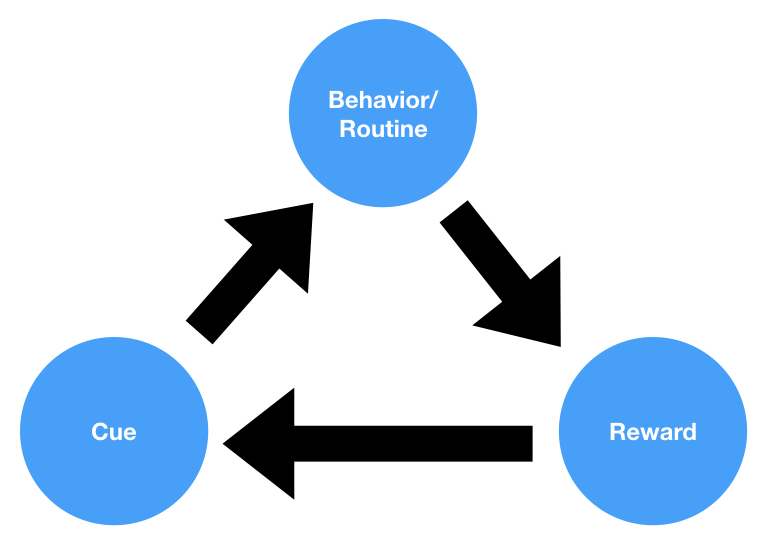A product critique is the process of evaluating the usability, accessibility, and overall user-centered design of a product. This can be done through various methods, such as heuristic evaluations, usability testing, or expert reviews. The goal of a product critique is to identify areas of improvement in the product’s design and make recommendations for how to enhance the user experience. This process is typically conducted by UX designers or researchers and can be done at various stages of the product development cycle.
How To Do Product Critiques
Step 1: Identify the goals and objectives of the critique
Before beginning the critique, it is important to define the goals and objectives of the evaluation. This will help ensure that the critique is focused and that the feedback provided is relevant and actionable.
Step 2: Gather the necessary materials
Collect any materials that will be needed for the critique, such as the product itself, any documentation or design specifications, and any relevant research or user data.
Step 3: Form a critique team
Assemble a team of individuals with relevant expertise to conduct the critique. This could include UX designers, researchers, product managers, developers, and other stakeholders.
Step 4: Conduct the critique
Using established evaluation methods, such as heuristic evaluations or usability testing, evaluate the product based on its usability, accessibility, and overall user-centered design. Make notes and observations throughout the critique process.
Step 5: Synthesize feedback
After the critique is complete, review and organize the feedback collected. Identify patterns and common issues, and prioritize them based on their impact on the user experience.
Step 6: Communicate feedback
Share the feedback with the appropriate stakeholders and make recommendations for how to improve the product’s design. Provide clear, actionable feedback that can be used to guide future design decisions.
Step 7: Follow-up and implement feedback
Follow up with the team to ensure that the feedback is being considered and implemented. Continuously evaluate the product and make adjustments as needed to improve the user experience.
Product Critique Examples
Below are some examples of product critiques, organized by type.
Behavioral Product Critiques
Fabulous App Behavioral Product Critique




